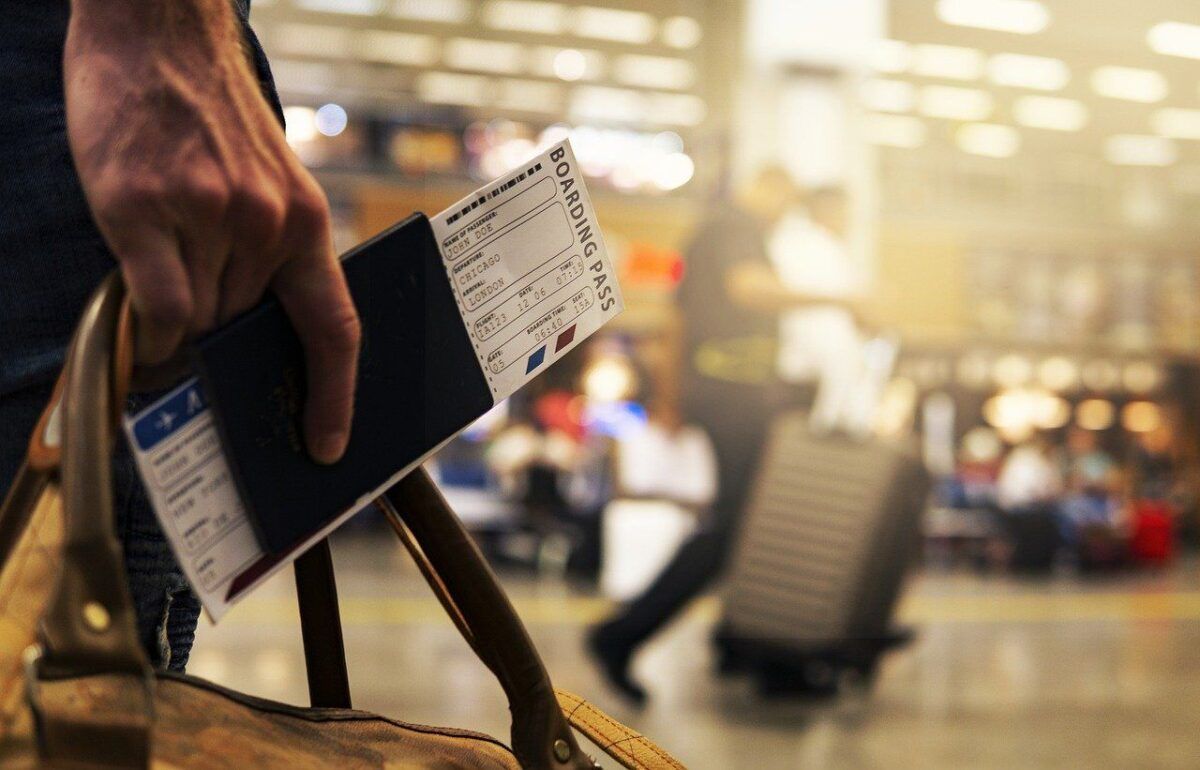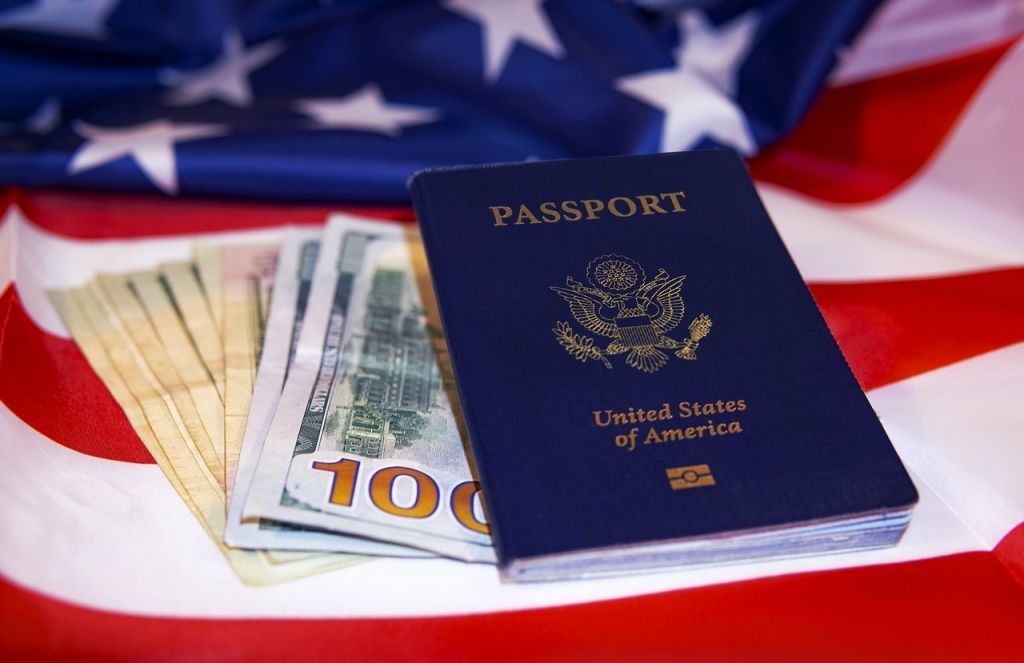Skyscanner published a new report exploring the latest trends in global travel including the trending destinations and booking data by regions.
Titled Skyscanner Horizons: Destination & Booking Insights Q1 2023, the report unpacks and explores extensive flight search and booking data from each region – the Americas, APAC and EMEA – to provide a unique view of how travellers are thinking about travel over the next six months.
Analysis of key indicators including booking windows segmented by haul type and trending destinations provides unrivalled insights for any business within the travel ecosystem.
The report also features exclusive expert commentary on these trends from industry thought leaders such as Mike Ferguson from Skyscanner, Centre for Aviation’s Marco Navarria, and Nick Hall of Digital Tourism Think Tank.
Mike Ferguson, Director of Destination Marketing at Skyscanner commented, “Globally, we’re seeing more travellers come to Skyscanner than ever before. It’s indicative of both the sector’s continued recovery and the exceptional travel demand across all regions.
“Destinations, particularly in APAC, are benefitting from increased search volumes compared to last year and, at the same time, long-haul booking windows are lengthening. Long-haul international travel has been slower to recover than other segments, but 2023 looks set to change that.”
Marco Navarria, Global Content and Marketing Director at CAPA said of the report, “Skyscanner’s important Horizons report once again reaffirms the industry results CAPA has seen within the Aviation industry. The report has highlighted that the majority of trending destinations for summer travel are in Asia Pacific.
CAPA data shows that Asia Pacific airlines posted a +376.3% increase in Jan-2023 international traffic compared to Jan-2022, by far the strongest year-over-year rate among all the world’s regions, but off a very low base. Capacity rose 167.1% and the load factor increased 36.6 percentage points to 83.3%, the highest among the regions.”
Nick Hall, CEO of Digital Tourism Think Tank said, “The resurgence of long-haul travel globally is a key opportunity for destinations to seize, competing to win over high-value travellers undeterred by a challenging economic climate.”
Key report findings include:
GLOBAL
- The majority of trending destinations for Q2 and Q3 travel are in APAC, with Japan, China, Vietnam, Thailand, Malaysia and Taiwan benefitting
- +90 day booking windows for long haul travel are up across all regions signalling both traveller confidence and demand, with search share moving in line with pre-pandemic seasonal norms
The Americas
- AMER travellers looking ahead as longer booking windows, particularly 60-89 days, increase for all haul types
- Fluctuations in short haul booking windows vs 2019, while long haul returns to pre-pandemic norms
- AMER travellers are eager to return to destinations in Asia as the regions sees surging search demand compared to 2022. Other long-haul destinations such as Morocco, New Zealand and Norway are also trending throughout Q2 and Q3
- Bucket list destination Fiji also sees increased year-on-year search demand particularly in July and August
EMEA
- EMEA travellers looking ahead to summer as longer booking windows increase for both short and long haul travel
- All booking windows are tracking close to 2019 search behaviour as trip planning normalises
- EMEA travellers are eager to return to destinations in Asia with Taiwan, Japan and Laos seeing surging search demand compared to 2022. Destinations such as Saudi Arabia and China see high demand in the short term, with Malaysia, Japan, South Korea and Vietnam also trending throughout Q2 and Q3
- Albania, the only trending European destination in the top 10, sees increased search demand year-on-year
APAC
- Long haul travel top of mind for APAC travellers as booking windows increase in all segments from <1 week to +90 days
- APAC booking windows some way off returning to 2019 patterns across all haul types
- Taiwan, Laos and Japan are trending destinations for APAC travellers, with significant increases in search volumes compared to 2022
- APAC travellers also looking for inspiration with ‘Everywhere’ a top trending search term, whilst European destinations Austria and Hungary see rising year-on-year search demand
- Japan, Thailand and Vietnam make up over two thirds of trending search volumes in Q2 and Q3
Top trending destinations for travellers from EMEA
These are the top 10 destinations with the biggest year-on-year increase in Q1 searches for travel in the next six months, compared to the same period in 2022.
1. Taiwan +791%
2. Japan +433%
3. Laos +367%
4. China +359%
5. Saudi Arabia +264%
6. Malaysia +259%
7. Albania +254%
8. Singapore +245%
9. South Korea +215%
10. Vietnam +201%
Travellers in EMEA are taking advantage of recent border re-openings and the relaxation of restrictions across Asia, with the continent boasting eight of the world’s top 10 trending destinations.
The two nations outside Asia with the biggest increase in searches from last year during Q1 are Saudi Arabia and Albania – the latter an increasingly popular European hidden gem.
Travel demand to Saudi Arabia peaks in the short term due to Eid al-Fitr in April, then falls in popularity from May before picking up again in September after the hot summer months.
Despite Taiwan topping the list by some way, its relative share of searches is small. Japan takes the largest share, followed by South Korea then Vietnam – all three countries benefitting from improved non-stop services and air connections.
China and Albania are at their most popular until June and July, respectively, then start to decline. The popularity of China, Malaysia, Taiwan and Singapore have been boosted by the resumption of direct flights.
8 of the top 10 trending destinations for EMEA travellers are in Asia. For APAC travellers, 7 of the top 10 are in Asia-Pacific itself.
Top trending destinations for travellers from AMER
These are the top 10 destinations with the biggest year-on-year increase in Q1 searches for travel in the next six months, compared to the same period in 2022.
1. China +317%
2. Japan +266%
3. Taiwan +215%
4. Singapore +172%
5. Malaysia +169%
6. New Zealand +136%
7. Norway +127%
8. Morocco +125%
9. Saudi Arabia +124%
10. Fiji +118%
While Europe remains one of the most popular regions for AMER travellers, there’s strong desire to return to destinations in the East, with APAC taking up seven of the top 10 trending spots and Asian countries holding all top five spots.
When looking at searches by departure date, both China and Saudi Arabia start to decline in popularity for travel between May and June (the former after this April’s Eid al-Fitr celebrations).
Interest in visiting Morocco and Norway grows between May and July. Both countries are benefitting from more demand in transatlantic flights into Europe from markets like North America.
Other APAC destinations including Taiwan, Singapore, Malaysia and New Zealand remain consistently popular over time.
Bucket list destinations like New Zealand and Fiji, which rely heavily on aviation connectivity, are seeing new routes added from across the region.
Top trending destinations for travellers from APAC
These are the top 10 destinations with the biggest year-on-year increase in Q1 searches for travel in the next six months, compared to the same period in 2022.
1. Taiwan +1426%
2. Laos +895%
3. Japan +800%
4. Everywhere +701%
5. Mongolia +679%
6. China +618%
7. Thailand +580%
8. Vietnam +545%
9. Austria +469%
10. Hungary +462%
Seven out of the top 10 trending destinations for APAC travellers are within APAC itself, pointing to improved air connections following the easing of restrictions. Taiwan, Laos and Japan are seeing the biggest year-on-year growth, with Laos in particular enjoying the revival and introduction of new routes from international and regional airlines.
Destinations not within APAC include ‘Everywhere’, Skyscanner’s popular search feature that gives travellers inspiration on when and where to travel, as well as Austria and Hungary – most likely due to recent increases in non-stop flights to Europe.
Looking at searches by departure date, both China and Taiwan decline in popularity between May and July, before seeing upticks in August and September.
And while destinations such as Laos and Mongolia feature in the top 10 – due to a combination of relaxed restrictions, improved air connections and a desire from travellers to get off the beaten track – their overall search volumes are relatively small. Japan and Thailand alone make up 50% of searches. Between May and August, Thailand increases in popularity, while Japan surges from August.
EMEA travellers are planning ahead for summer
Travellers across the region are getting ready for their summer holidays by booking flights two to three months in advance.
Visitors to Skyscanner are now surpassing 2019 levels, with more than 100m+ travellers accessing the company’s app, desktop and web platforms every month.
To view the report online or download a PDF copy, visit https://reports.skyscanner.net/













